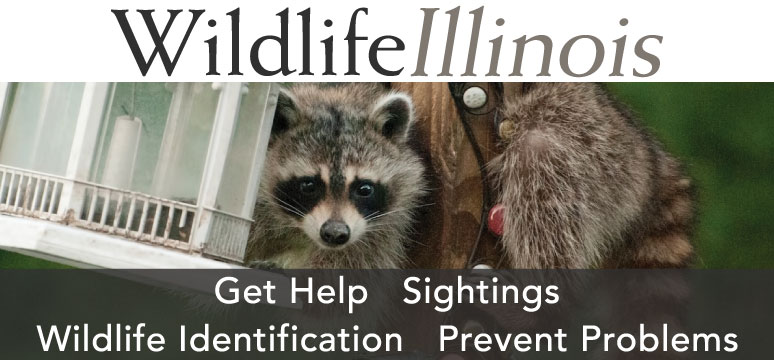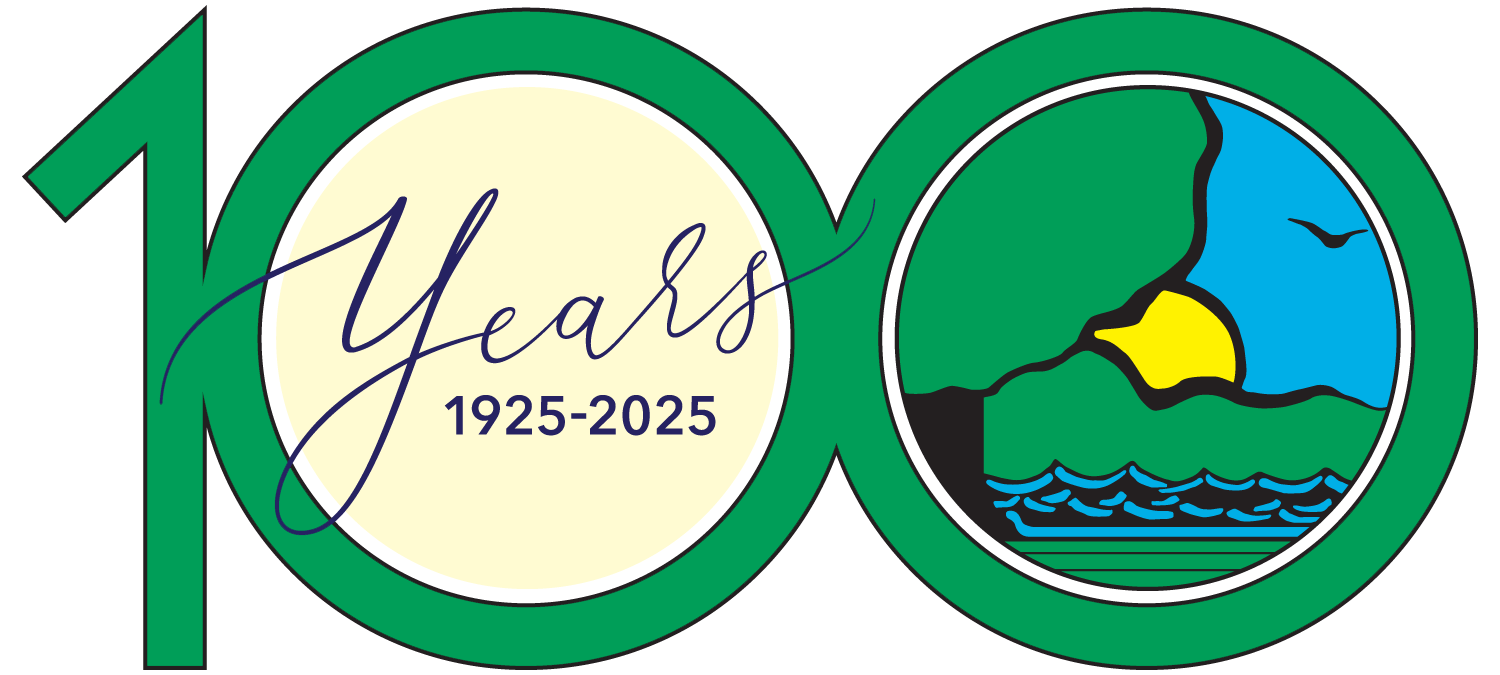
Purple milkweed at the edge of the road.



Purple milkweed at the edge of the road.
Photos by the author.
“Look at that!” Out the window of the vehicle, the driver had spotted something worth the notice of his passenger.
No, not a giraffe on the Serengeti Plain. Not a moose in Alaska. Not even a bald eagle sailing over the Great River Road. It was a purple milkweed, yes, a wildflower growing at the edge of the road in rural Illinois.
“Remember this spot,” the driver instructed as he slowed to let me observe a patch of Asclepias purpurascens in bloom.
I was struck by the beauty, blooms and butterflies. I would have no trouble remembering because that spot was located on a road right-of-way (a grassy strip) which bordered our own 20-acre woodland. The hope was that later – probably in August – we (husband and wife) would collect the milkweed seeds or at least try to.
Our window of opportunity would be ever so slight. It seems that in the blink of an eye, milkweed pods (follicles) are new and green, then dry, splitting and dehiscing. The milkweed seeds (brown-colored, teardrop-shaped, attached to silky white fibrous tufts) would bust out of there, hitch a ride and be gone with the wind. Partridge pea is another wildflower with gone-as-quick-as-a-wink seed. When mature and dry, the legume’s two sides separate and twist back suddenly, flinging the seeds way out there. To be effective seed collectors, we’d have to be observant and unflagging.

Additionally, we’d have to beat the road crews’ brush hogs. Those rotary mowers don’t discriminate; they slice through all vegetation: grasses, invasive bushes, saplings, native wildflowers …
One summer we noticed that along a road ditch across from a neighbor’s farmstead grew a patch of compass plant, Silphium laciniatum, easily recognizable by the multitude of bright yellow sunflower-like blooms perched along tall stalks rising above large, deeply lobed leaves. We asked the neighbor for permission to park in his barn lot while we gathered the seed. One Sunday morning in early October we planned our foray, hoping to collect during low-traffic time. However, just as we were in position at the road’s edge with clippers in one hand and plant stem in the other, one car after another went zipping by. It seems the preacher at the church a mile away had just finished his sermon. The liberated flock went sailing past us at breakneck speeds. Yikes!

Of course, when we first began converting some of our ag lands to prairies and our flower beds to pollinator gardens, we purchased seed from reputable nurseries, seeking plants that were indigenous to our area in Illinois. We avoided purchasing cultivars. For example, we bought Coreopsis lanceolata (also called sand coreopsis or tickseed) not “Coreopsis Desert Coral.” Our thought was that native flora which populated our land before settlement and cultivation would more readily thrive, considering our soil types, landscape and weather. Also, those native plants would best serve the fauna of our area. I read that the long-tongued bee, Melissodes coreopsis, is an oligolege (specialist pollinator) of Coreopsis spp. Also, short-tongue bees (such as sweat bees), wasps, butterflies, and skippers gather nectar from the blooms. Crab spiders may lie in wait for one of those tasty insects, and a house wren might gobble up that spider.
I can tell you with most certainty that American goldfinches find the seed of our indigenous Coreopsis lanceolata delectable. Every year in mid-summer when I notice that it’s time to collect those seeds from my flower bed, I always find only a few clinging to the achenes. Those sneaky goldfinches! I believe they begin surveillance when the first yellow blooms appear, just waiting to snatch every coreopsis seed as quickly as each matures.
True, we pilfer the seed of various prairie plants from right under the noses or beaks of wildlife, but we take only a share and we promise the wildlife that that seed will go to making additional habitat for them nearby. For nearly 50 years now, we’ve been creating habitat; the acreage of restored prairies on our land totals nearly two hundred – 200 acres and ten square yards, when I add in my pollinator gardens. We strive for botanical diversity so when our budget allows it we purchase seed. If the wildflowers within one of our own prairies or gardens have produced abundant seed, we go wading through big bluestem and indian grass to collect. And, we collect if we spot native plants located where their seeds will fall into an inhospitable situation (such as a roadside). We like to think of it as rescue.

Then, just like little chipmunks, we scurry to cache our acquisitions. First, we work to dry the seedheads. Drying helps to prevent deterioration due to fungal or bacterial action. Our fancy drying rack is an old king-sized sheet laid on the deck. We spread the seedheads onto the sheet in the sunshine and play some Beach Boys’ songs for them. At night, those sunbathers supersede the cars in the garage.
Separating seed from fruit (legume or pod of Fabaceae, capitula of Asteraceae, achene of Silphium, follicle of Apocynaceae, etc.) can be a time-consuming chore, so we rarely do that, but I do love popping open the papery pods of wild indigo and seeing their little round gems within.
At autumn’s end, burrowed amongst the stuff within the farm’s pole barn stands a big drum barrel, jam-packed full of seeds in paper bags, with a few mothballs for insect control and a lid that has been weighed down by a cinderblock. Often it’s February when off pops the lid, out comes the seeds, and onto the land goes each little potentiality.

This summer we discovered a small group of a late-blooming blazing star growing just 10 miles from home. The lovely purple composite flowers were about one-half inch wide and spaced along erect stems. From the flowers’ corolla tubes extended curly long styles. The species turned out to be Liatris aspera or rough blazingstar, which thrives in dry upland prairies, so we were eager to collect its seed to plant on our hill prairie. The trouble was that the plants were located on an embankment at road’s edge. One day in October with recycled ice cream buckets in hand, we attempted to scale that steep slope, climbing and crawling, slipping and sliding, colliding and clinging, groaning and laughing …
Truly, collecting and planting seed is all about potential: the possibility of improving wildlife habitat, augmenting botanical diversity, enhancing beauty, celebrating natural history, …
For years, Patty Gillespie shared her enthusiasm for language and nature and got paid for it at a public school and at a nature center. Now she plays outdoors as often as she can and writes for the sheer joy of it.
Submit a question for the author